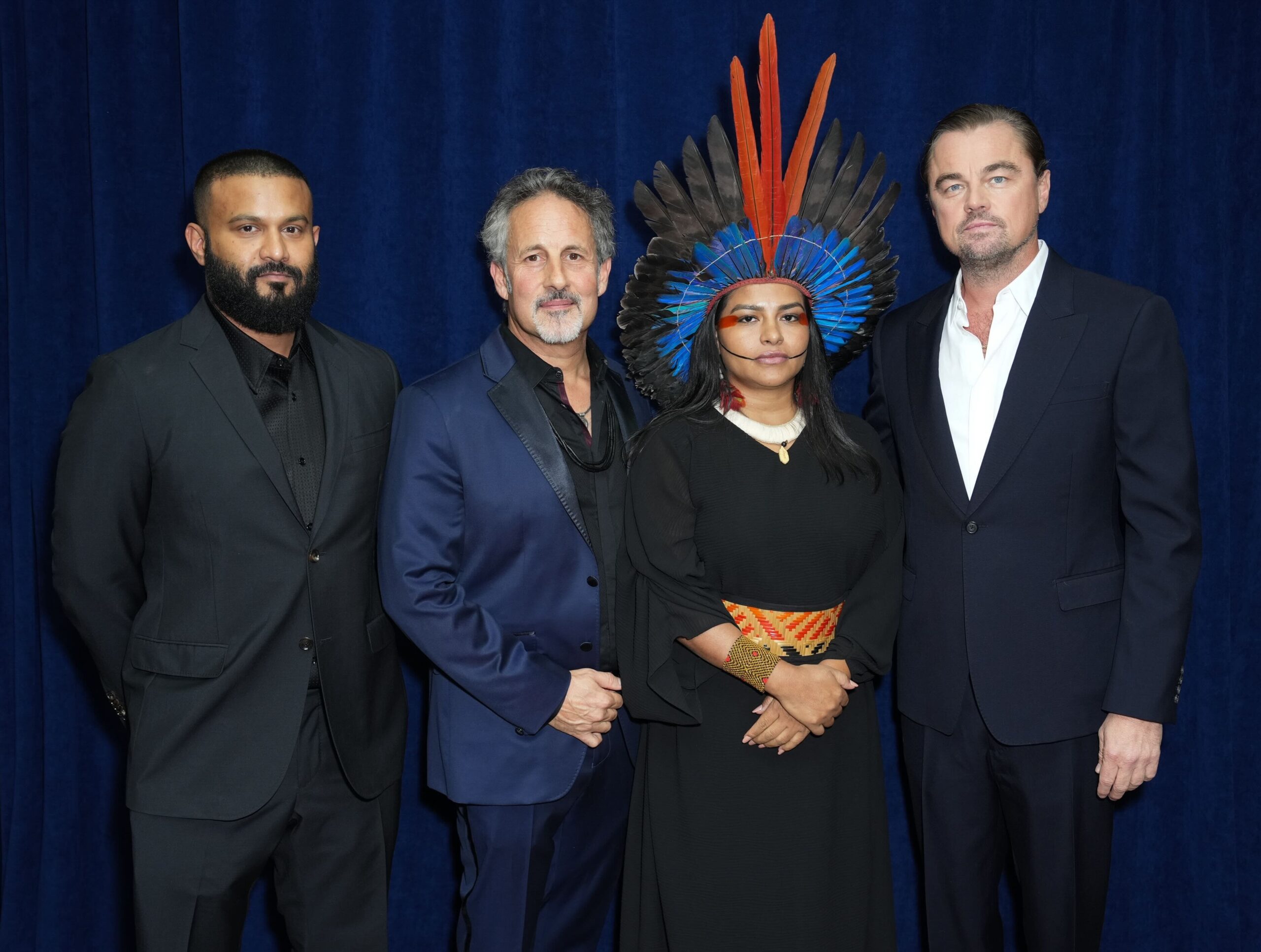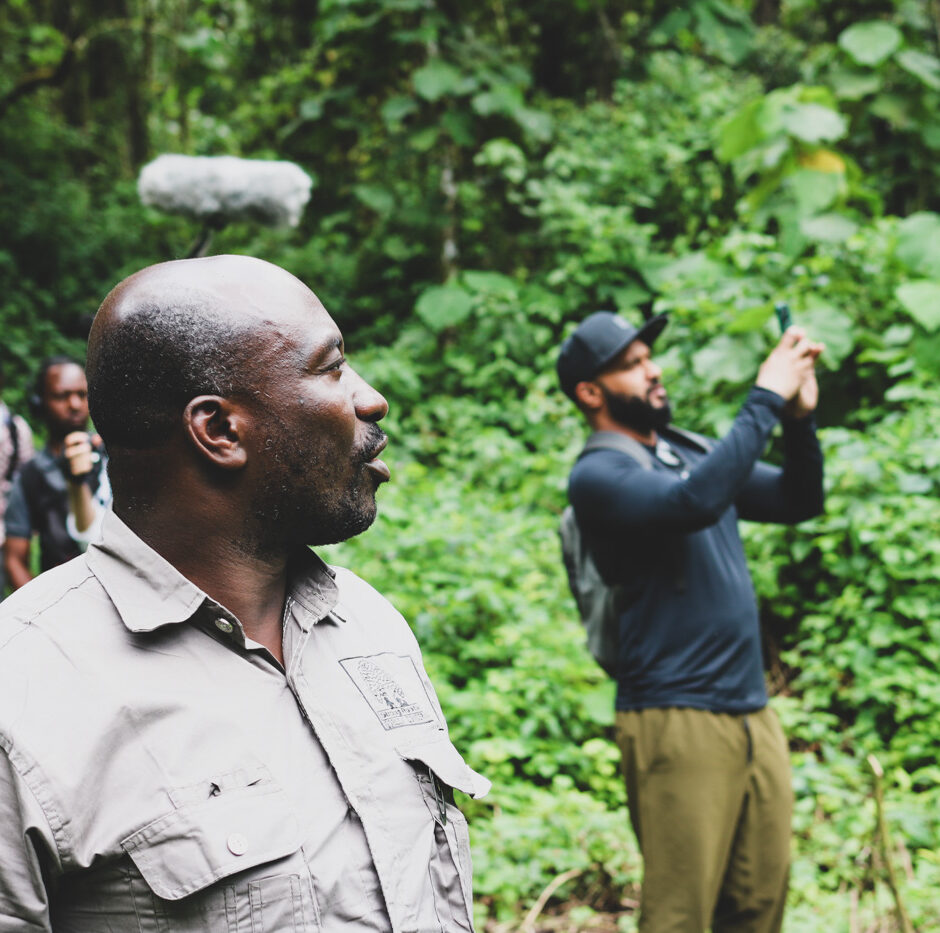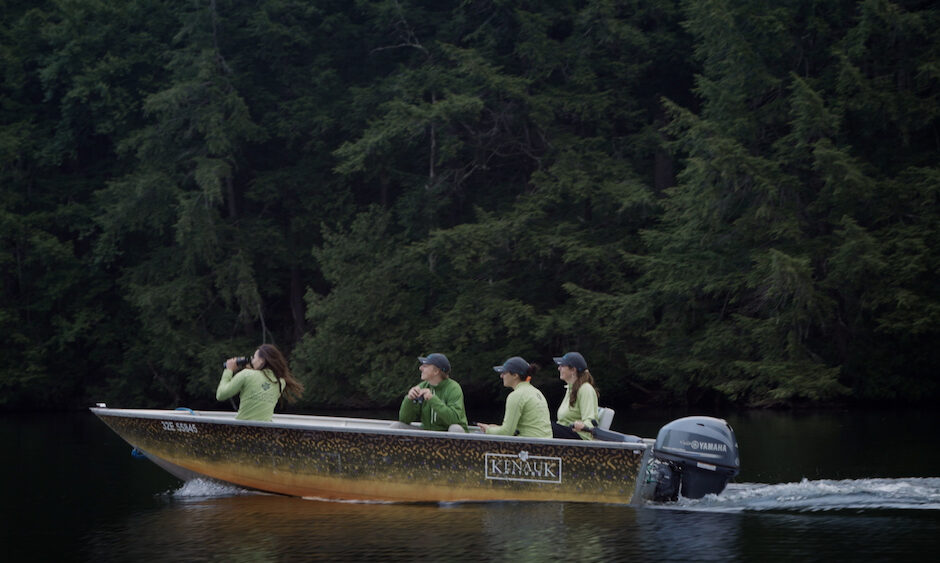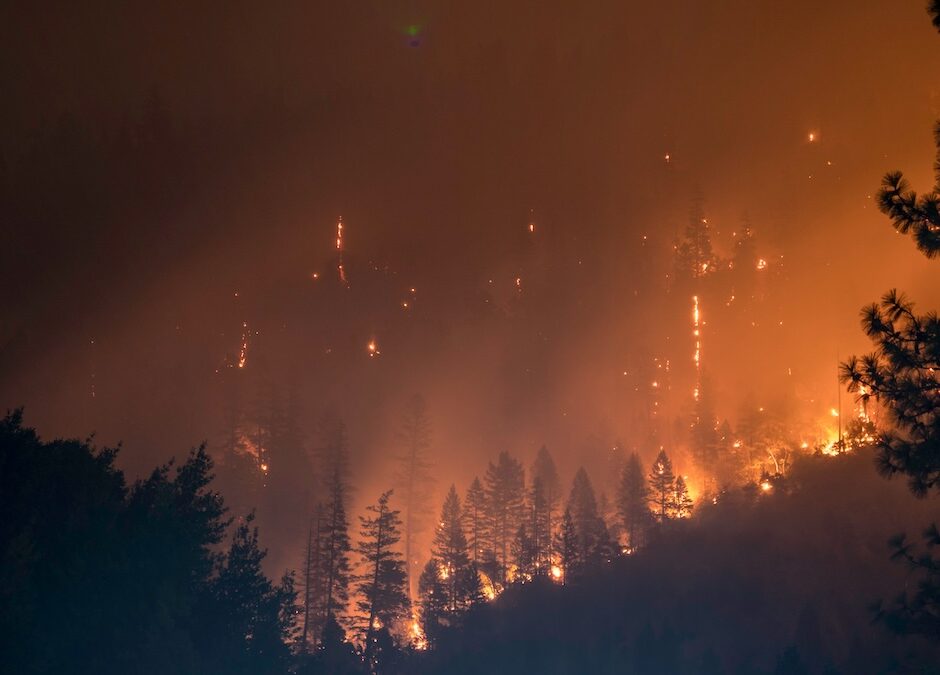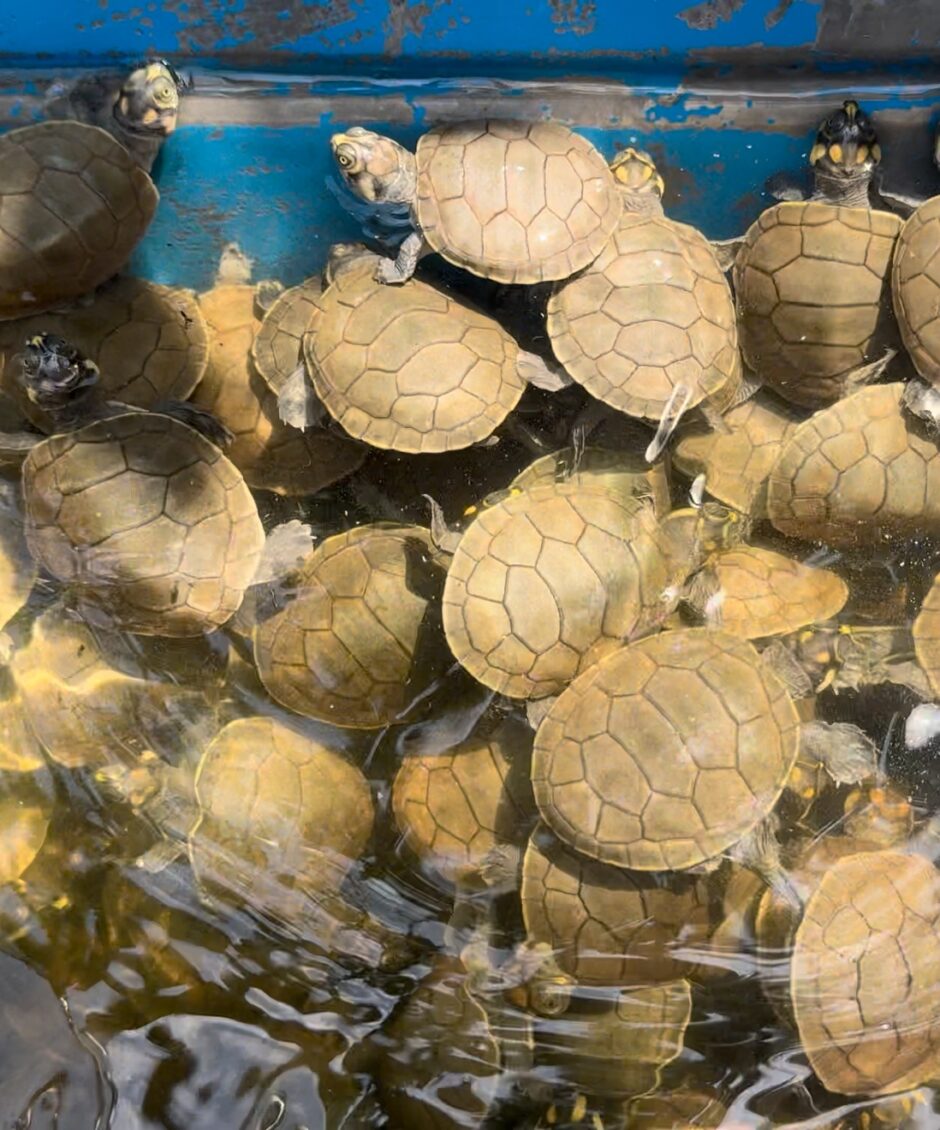These Changemakers Are Taking Action for Biodiversity and Indigenous Rights in the Congo
Article

In the Democratic Republic of Congo, conservationists Dominique Bikaba and Kerry Bowman are working to protect biodiversity and Indigenous rights. The pair is the subject of Age of Union’s documentary “The Corridor,” which will be screened in Toronto on Sept. 6.
Author
Jacky Habib
Topics
From the age of two, Dominique Bikaba would travel with his grandmother into a nearby forest, now known as the Kahuzi-Biega National Park. His grandmother, who raised him, would explain how Indigenous people relied on the forest’s resources to sustain themselves.
“My life has been nourished by the presence of this forest [and] being attached to this forest from my childhood,” Bikaba said in an interview with Age of Union.
In the 1970s, Bikaba’s family, members of the Bashi tribe, who lived at the forest’s edge for generations, were forced to leave their traditional lands so the government could establish a national park. This marked the start of decades of tension between local communities, government, and conservation groups.
The Kahuzi-Biega National Park, now a protected area in eastern Democratic Republic of Congo (DRC), extends over 600,000 hectares. It has diverse and abundant fauna and is home to one of the last groups of eastern lowland gorillas, which are at risk as poaching has increased.

Watching these dynamics unfold, Bikaba founded Strong Roots Congo to resolve the conflict between the park management and surrounding communities. As a conservationist and sustainable development practitioner, Bikaba balances the needs of humans — particularly marginalized Indigenous groups — with those of forests and vulnerable wildlife.
In 2002, Bikaba was asked by a friend to arrange an itinerary for renowned Canadian conservationist Kerry Bowman, an ethicist and the founding president of the Forest Health Alliance, which develops conservation strategies and raises awareness of the imminent threats to great apes. Bowman travelled to the DRC to learn about local communities losing their traditional lands to the national park.
“There’s a growing awareness that Indigenous and traditional people around the world are the people that know the most about how to heal their forests,” Bowman said.
Bikaba picked Bowman up from the airport and hosted him throughout his trip as they visited villages inside the forest. Bowman was interested in the work of Strong Roots Congo, which was developing alternative livelihoods for communities traditionally relying on the forest’s resources for survival.

“When I met Dominique [Bikaba], I was very connected to the depth of his commitment,” Bowman said. “He was trying so hard to hang on to the protection of the gorillas, and nothing was coming in [no financial support] because of the war. That’s when I partnered with him.”
After a successful visit, Bowman returned to the DRC the following year and every year after that.
Eastern DRC has faced conflict since the 1990s, which has led to approximately six million deaths. Bowman’s annual visits to the DRC to see Bikaba and the conversation projects have not always been smooth, as the pair have had several confrontations with militia and were held up at gunpoint twice.
“When you talk about DRC outside, everybody is afraid and thinking: ‘Oh, the DRC — it’s bad. We cannot go there. It’s hard, it’s difficult. But imagine those people [like Bowman] facing those fears and saying: ‘We are going there. We want to meet those people.’”
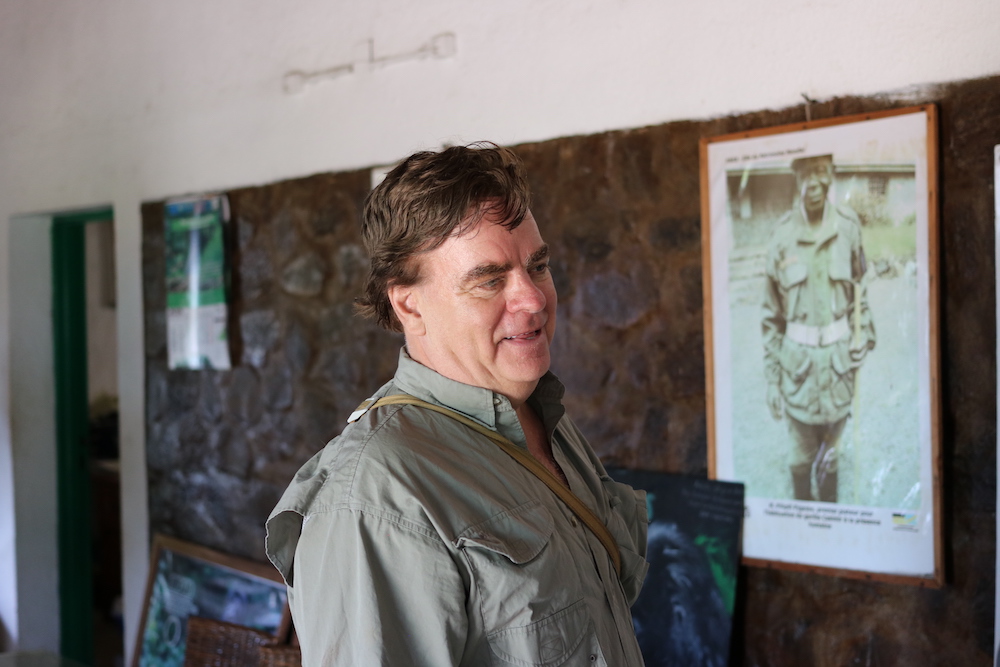
The duo, passionate about approaching conservation in a way that respects traditional land rights and the dignity of locals, have collaborated in several ways since meeting. Bowman serves as a board member and advisor to Strong Roots Congo and has connected the organization to donors. Bikabe has also visited Bowman in Canada to speak with Bowman’s students at the University of Toronto and visit with members of the Forest Health Alliance.
Strong Roots Congo and the Forest Health Alliance have collaborated with Age of Union since 2020 to protect the great apes and create habitat connectivity for endangered species by building and conserving a wildlife corridor, which also acts as a climate shield.
“When preserving this forest, we are not doing this just for Congolese and for ourselves. We are doing this for the whole continent and the whole planet,” Bikaba said.
Credits
Cover: Ray Klonsky & Marc Lamy
Photos 1 & 2: Ray Klonsky & Marc Lamy
Photo 3: Matt Brunette
Topics
Article written by
Jacky Habib
Related
articles
Film
Environmentalist and Executive Producer Dax Dasilva Celebrates World Premiere of YANUNI at the 2025 Tribeca Festival
Africa, Film
Filming for Impact: How Age of Union’s Documentary The Corridor Inspires Change
America, Film, News, Project
Age of Union Reveals New “On the Frontline” Episodes Featuring Kenauk Reserve’s Conservation Efforts
Project
More articles
America, Asia, News
What More Intense Wildfire Seasons Mean For People and the Planet
Film
Environmentalist and Executive Producer Dax Dasilva Celebrates World Premiere of YANUNI at the 2025 Tribeca Festival
News
Tech Entrepreneur and Environmentalist Dax Dasilva Announces New Book Echoes from Eden As A Call to Action to Protect the Planet’s Vanishing Ecosystems
Africa, Film
